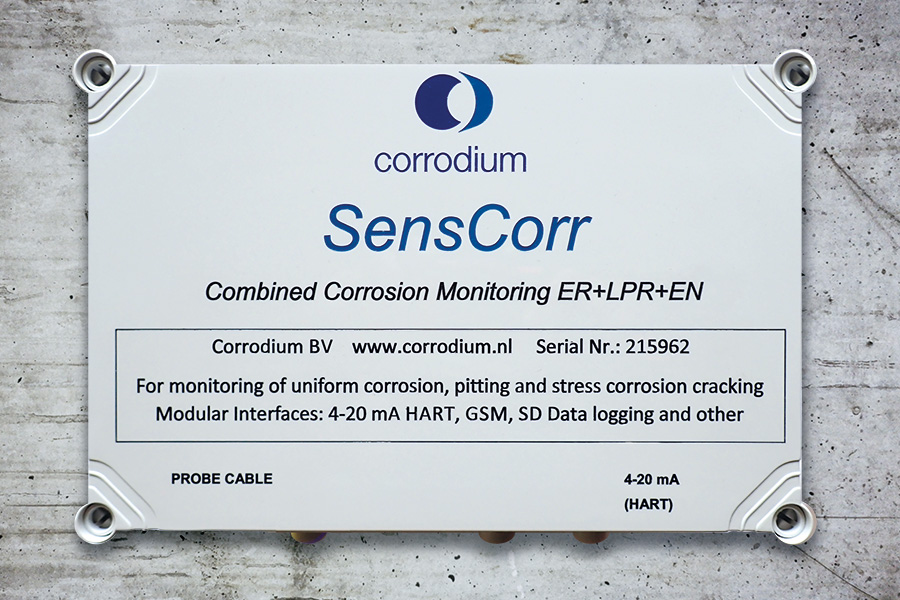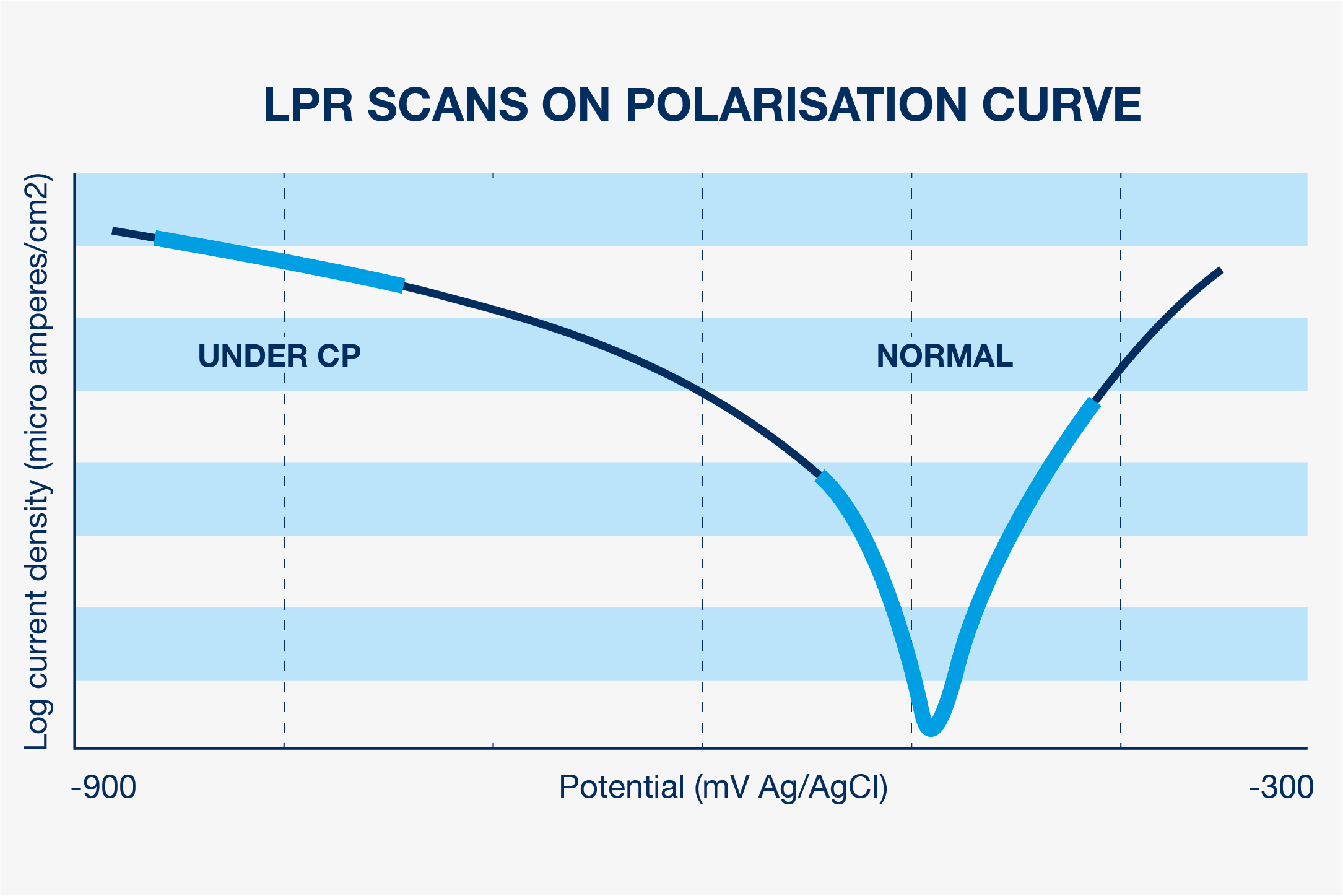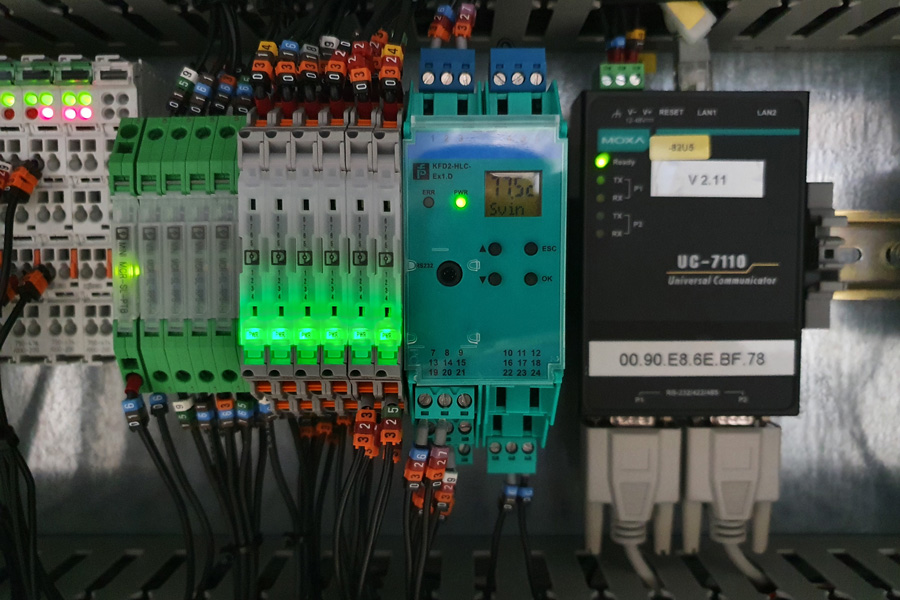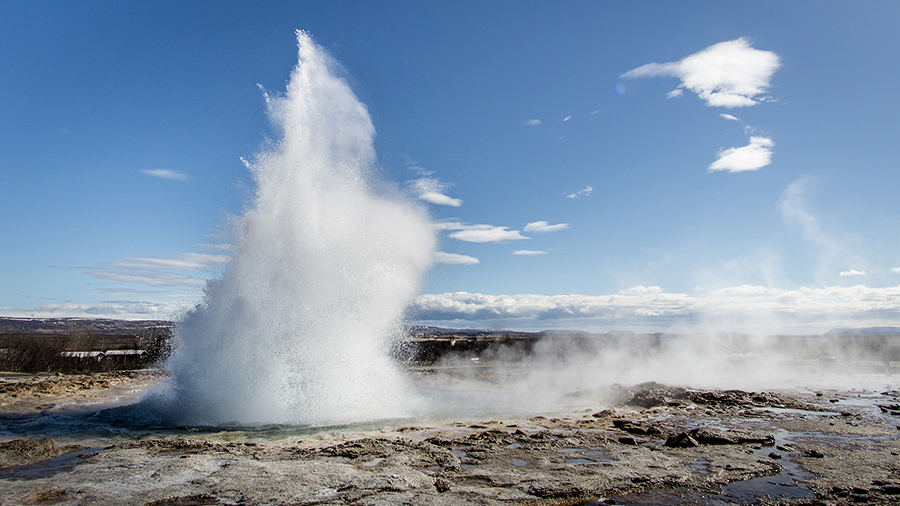ER probes are commonly used for measuring the cathodic protection system of buried pipelines. The SensCorr can measure Electrical Resistance (ER) at an accuracy of up to 0,1 micrometer metal loss.
But the SensCorr also measures the cathodic protection performance by establishing the protection current density. This is implemented by connecting the working electrode to the object under cathodic protection via a cable to the SensCorr enclosure. In this way the protection current in mA/cm2 is measured.
AC current and railroad interference on the cathodic protection system are measured direct and at high accuracy. The interface (the HART Loop Converter) transfers 4 parameters:
- ER metal loss in micrometer.
- The protection potential E-cp in mV.
- The CP current density in mA/cm2.
- The potential E-corr in mV. This is the potential where the cathodic current reverses in an anodic current.
- AC interference Voltage (in mV) and frequency between the Reference and the Working Electrode.



The SensCorr’s merit is the improvement of asset management. Currently the cathodic protection is checked by measuring the potential. The SensCorr is able to measure the potential without an IR Drop, because the reference electrode is placed right next to the working electrode (which is under cathodic protection). Even if the potential is correct, corrosion can arise due to AC interference or other stray currents. The added value of SensCorr is that you also can measure the current density, the corrosion potential and the presence of AC interference. In case the SensCorr detects corrosion through AC interference, the cathodic protection system can be adjusted (automatically) so that the corrosion is stopped.



